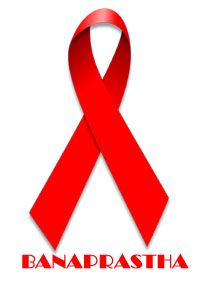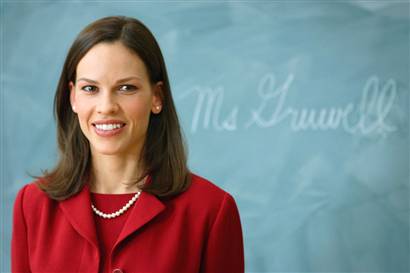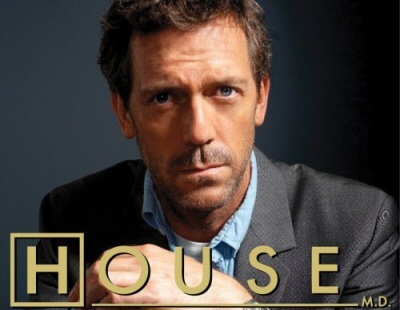The Mason Gross School of Arts at the Rutgers University in New Jersey is opening up a whole new department of Indian Dance and Music. The program is being introduced with a concert of Indian music and dance on Sunday, June 28th from 2 to 3.45 p.m. at Nicolas Center, Cook Douglass Campus, Rutgers University, NJ featuring most of the faculty. The concert will be followed by a summer camp from Monday June 29th through Friday July 3rd with a daily schedule covering 9 a.m. to 5 p.m.
The program is headed by Samir Chatterjee. The faculty includes:
Faculty:
Archana Joglekar Muley, Kathak
Arun Ramamurthy, Violin
Bani Roy, Odissi
Dibyarka Chatterjee, Percussion
Hidayat Khan, Sitar
Kalyani Ramani, Carnatic vocal
Kedar Naphade, Harmonium
Mitali Banerjee Bhawmik, Hindustani vocal
Samir Chatterjee, Tabla
Sanghamitra Chatterjee, Popular vocal
Steve Gorn, Bansuri
Sudha Devulapalli, Bharatanatyam
Suresh Ramachandram, Mridangam
Samir Chatterjee will teach rhythm and yoga in addition to leading the audio-visual and discussion sessions.

 I think it was in 2004 when I met Pranay Dutta, an AIDS activist from Calcutta who was on a world tour attending several AIDS conferences in Europe, Asia and America. Pranay Dutta was then (and I understand he still is) the secretary of Sonata Foundation, an NGO in Calcutta who was trying to spread AIDS awareness in West Bengal and India through music, documentaries and performing arts. His theory was that HIV/AIDS awareness through print media was bound to be a failure in India where the majority of the affected people are illiterate. He thought that if this message can be spread out using music and performing arts then it could have the greatest impact. During my discussions with Pranay, he told me numerous incidents of how HIV and AIDS are affecting the poor Indian population. But what struck me most was the fact that how this disease was surreptitiously spreading amongst the educated, urban middle class. He told me several incidents of well-to-do middle class families affected with HIV and their attempts to hush it up, just like the way people used to do in the early half of the twentieth century when people got infected with TB or Leprosy or something similar. The fear of social back lash was more than the disease itself. Anybody infected with HIV is immediately branded as an immoral social outcast – some one who does not have the right to exist amongst the social elite. Most middle class family consider themselves immune to HIV and think that this is only a poor man’s disease. As Pranay says in one of his
I think it was in 2004 when I met Pranay Dutta, an AIDS activist from Calcutta who was on a world tour attending several AIDS conferences in Europe, Asia and America. Pranay Dutta was then (and I understand he still is) the secretary of Sonata Foundation, an NGO in Calcutta who was trying to spread AIDS awareness in West Bengal and India through music, documentaries and performing arts. His theory was that HIV/AIDS awareness through print media was bound to be a failure in India where the majority of the affected people are illiterate. He thought that if this message can be spread out using music and performing arts then it could have the greatest impact. During my discussions with Pranay, he told me numerous incidents of how HIV and AIDS are affecting the poor Indian population. But what struck me most was the fact that how this disease was surreptitiously spreading amongst the educated, urban middle class. He told me several incidents of well-to-do middle class families affected with HIV and their attempts to hush it up, just like the way people used to do in the early half of the twentieth century when people got infected with TB or Leprosy or something similar. The fear of social back lash was more than the disease itself. Anybody infected with HIV is immediately branded as an immoral social outcast – some one who does not have the right to exist amongst the social elite. Most middle class family consider themselves immune to HIV and think that this is only a poor man’s disease. As Pranay says in one of his  Just finished watching the movie “Freedom Writers”. It is such an intense, moving and at the same time inspiring film that I’d recommend it to everyone who loves movies. Based on a true story about an LA school, the film depicts how a teacher can change the lives of his or her students. Hilary Swank gives an wonderful performance (if I recall correctly, she was nominated for an Oscar for this role) and so does her students. If you haven’t seen the film, pick up a DVD copy and watch it right away.
Just finished watching the movie “Freedom Writers”. It is such an intense, moving and at the same time inspiring film that I’d recommend it to everyone who loves movies. Based on a true story about an LA school, the film depicts how a teacher can change the lives of his or her students. Hilary Swank gives an wonderful performance (if I recall correctly, she was nominated for an Oscar for this role) and so does her students. If you haven’t seen the film, pick up a DVD copy and watch it right away. I kind of like Gregory House, MD. And who doesn’t? House is one of the most popular TV shows that has catapulted Fox network to lead the popularity ratings (along with 24 and other shows). The quirky, obnoxious and ill mannered medical genius has become everybody’s dream doctor. We the New Jersey viewers specially feel his absence in real life since Gregory House works in this fictitious “Princeton-Plainsboro” hospital and to whom people come crossing the rough seas risking their lives (no pun intended) to get treated. How lucky we would have been to have such a doctor in real life. And a hospital like “Princeton-Plainsboro” where doctors do everything – they serve not only as doctors and surgeons, but they draw blood, they set up IV lines, they give the patients their pills, they feed them, they operate the MRI, CT Scan and other diagnostic machines. There are hardly any nurses or technicians. In real life hospitals, I have seen the doctors come in to visit their patient only with one objective – how soon they can leave. They spend more time in front of the computer screens looking at the charts and filling up their billing codes than with the patient. But in Princeton-Plainsboro, Dr. House’s team is like Scotland Yard, deeply engaged in finding the culprit – in this case the cause of the disease.
I kind of like Gregory House, MD. And who doesn’t? House is one of the most popular TV shows that has catapulted Fox network to lead the popularity ratings (along with 24 and other shows). The quirky, obnoxious and ill mannered medical genius has become everybody’s dream doctor. We the New Jersey viewers specially feel his absence in real life since Gregory House works in this fictitious “Princeton-Plainsboro” hospital and to whom people come crossing the rough seas risking their lives (no pun intended) to get treated. How lucky we would have been to have such a doctor in real life. And a hospital like “Princeton-Plainsboro” where doctors do everything – they serve not only as doctors and surgeons, but they draw blood, they set up IV lines, they give the patients their pills, they feed them, they operate the MRI, CT Scan and other diagnostic machines. There are hardly any nurses or technicians. In real life hospitals, I have seen the doctors come in to visit their patient only with one objective – how soon they can leave. They spend more time in front of the computer screens looking at the charts and filling up their billing codes than with the patient. But in Princeton-Plainsboro, Dr. House’s team is like Scotland Yard, deeply engaged in finding the culprit – in this case the cause of the disease.